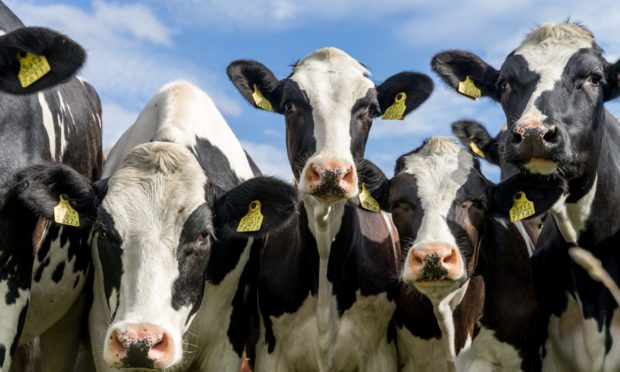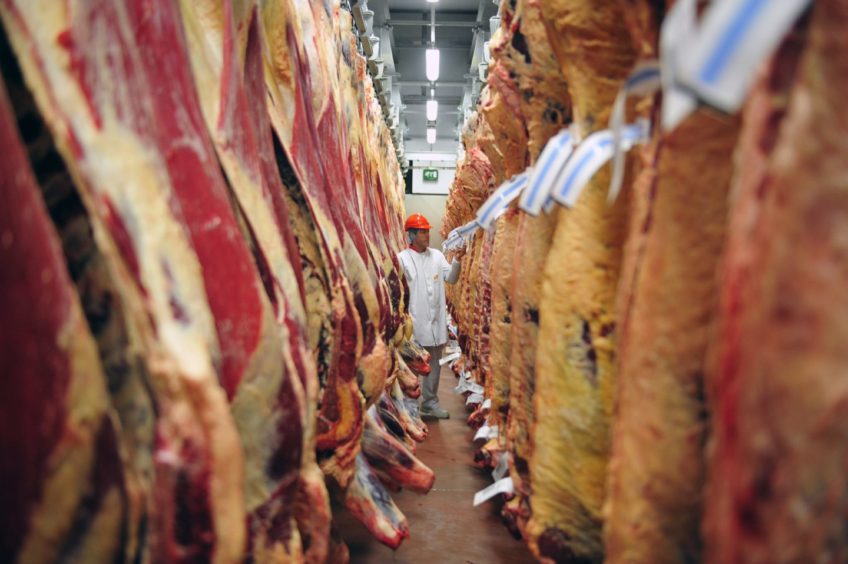The European Commission has published its first short term market forecasts for 2021, and it is positive for most agricultural commodities.
It says cereal production will be up by around 5%, but forecasts price improvements and adds that the main driver of improved demand is the animal feed sector.
On milk it says production will rise by a modest 1% in 20121, reflecting increased productivity offsetting a decline in cow numbers, and estimates 20% of increased milk output will go into cheese. Demand for butter and cheese will improve as the food service sector returns to normal.
Beef remains the biggest negative in the report. Production fell last year by 1.2% and will fall again this year, despite demand likely to improve in the autumn if Covid restrictions ease.
Pigmeat production growth is forecast to slow in response to reduced demand from China, as it recovers from African Swine Fever, and as in past years poultry production will continue to grow.
Fertiliser
Meanwhile the Irish Farmers Association (IFA) has accused the European Commission of driving up costs for farmers by protecting fertiliser manufacturers. It says Brussels was wrong to agree a five-year extension of anti-dumping duties imposed on ammonium nitrate from Russia, claiming this drives up costs for farmer to protect global businesses. The IFA says fertiliser prices have risen by 40 euro a tonne from January to now, and claims anti-dumping measures act against a fair and transparent market. It says Brussels is undermining the competitiveness of agriculture to protect a dysfunctional fertiliser market.
Preferences
Eurocommerce, which represents retailers across the EU, says some of the changes in consumers’ buying preferences for food will become permanent after lock-downs end.
A report concluded that lock-downs had boosted interest in food and where it comes from. It adds that the interest in sustainability, regional sourcing and the environment is here to stay.
Meanwhile despite the impact of Covid on trade, the EU increased food exports in 2020 and grew its positive trade balance gap between exports and imports.
Exports of food and drink topped 184 billion euro, an increase of 1.4%, while imports rose by 0.5%. The balance of trade stood at 62 billion euro, an increase of 3% compared to 2019. Top export products included pigmeat and grain, while best markets included China, the Middle East and Canada.

